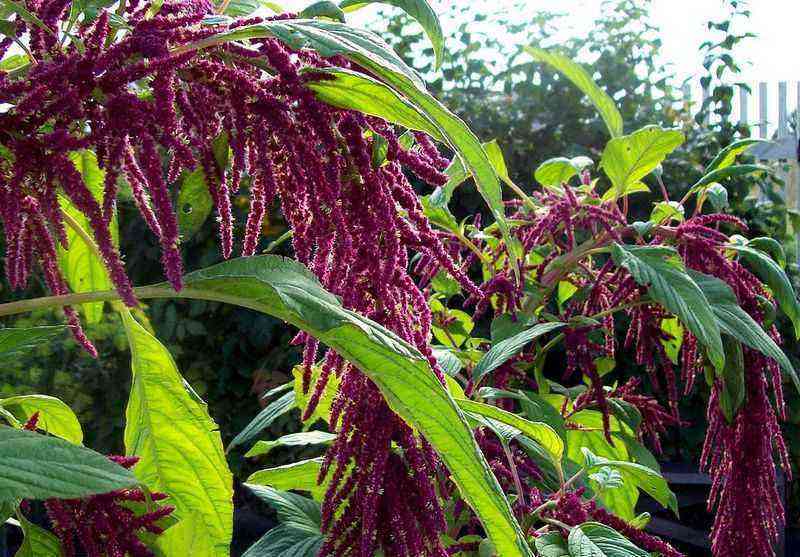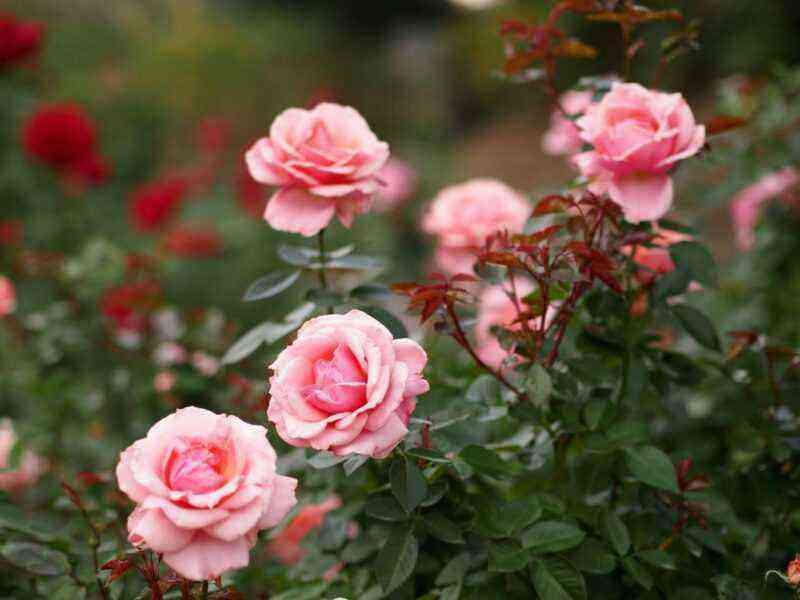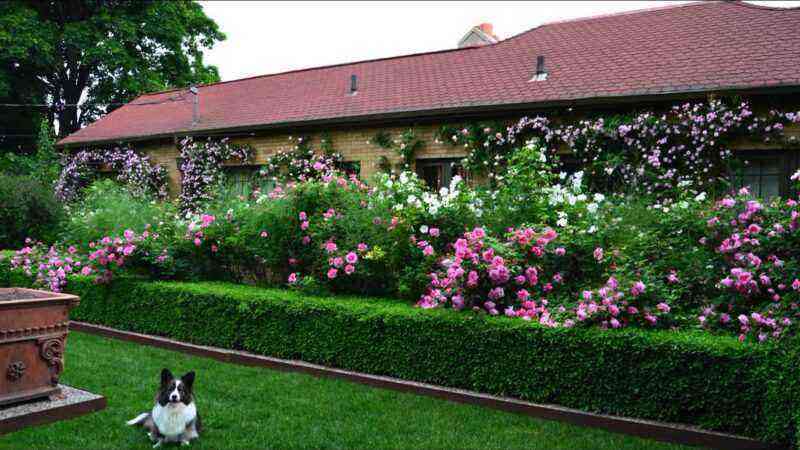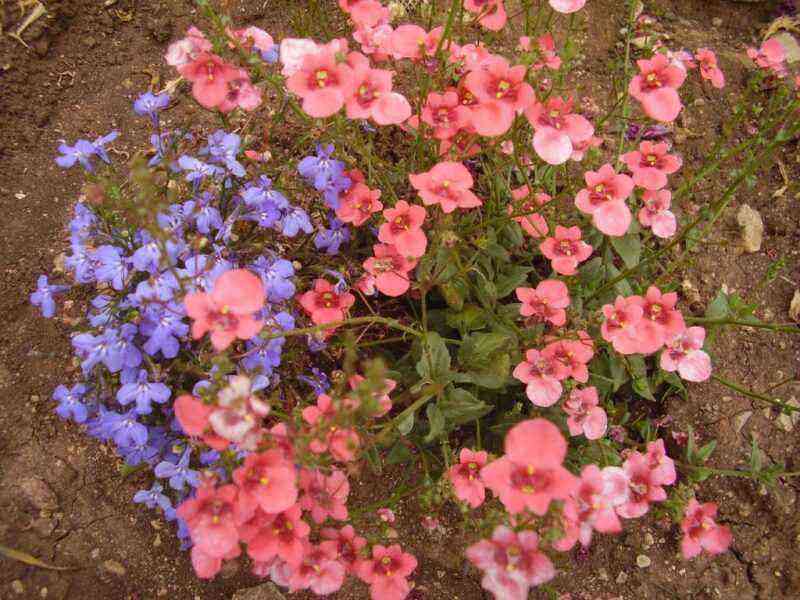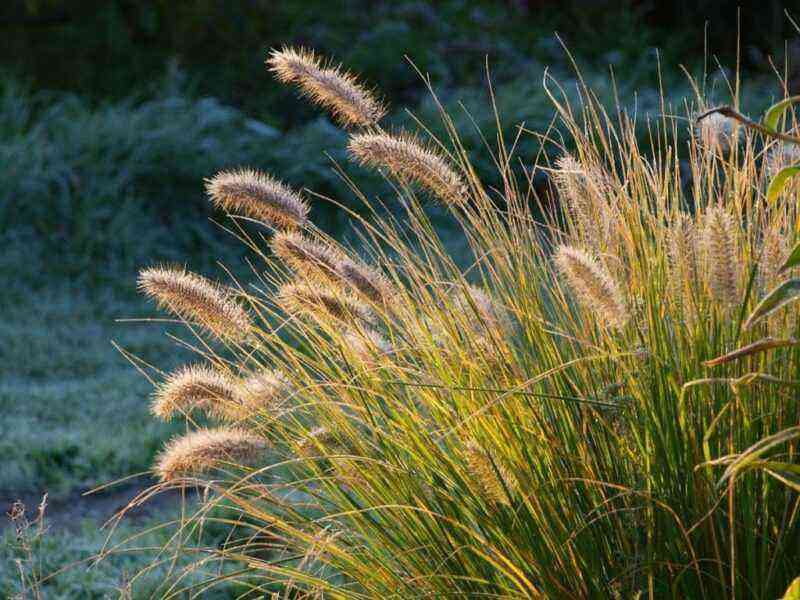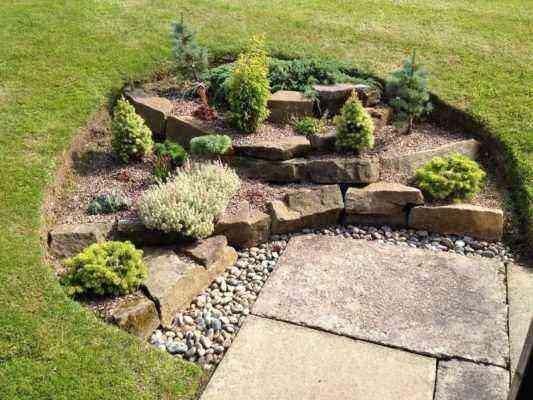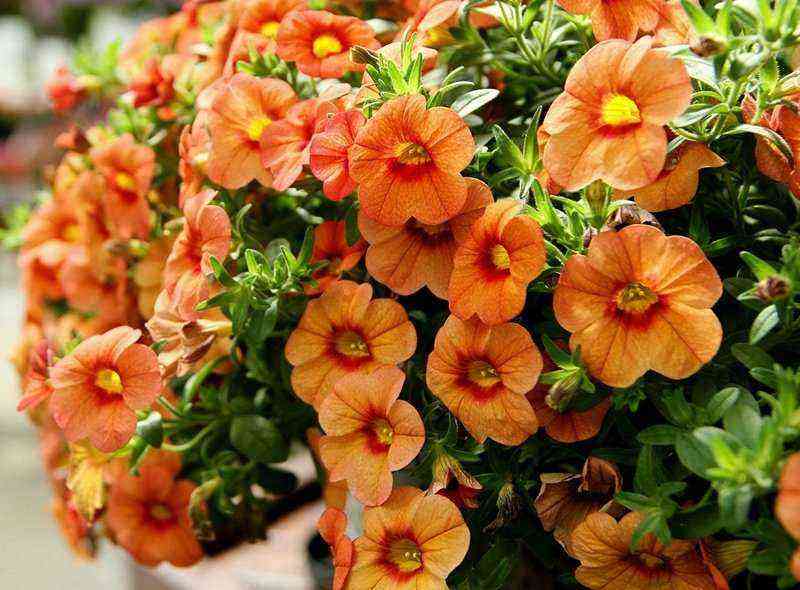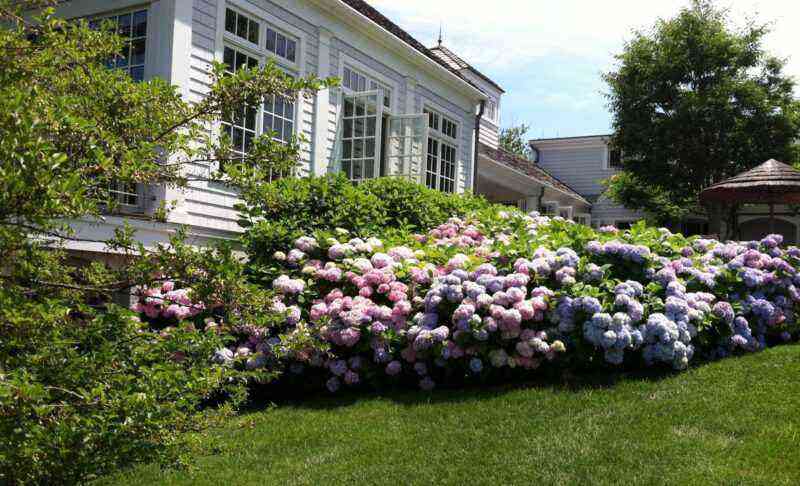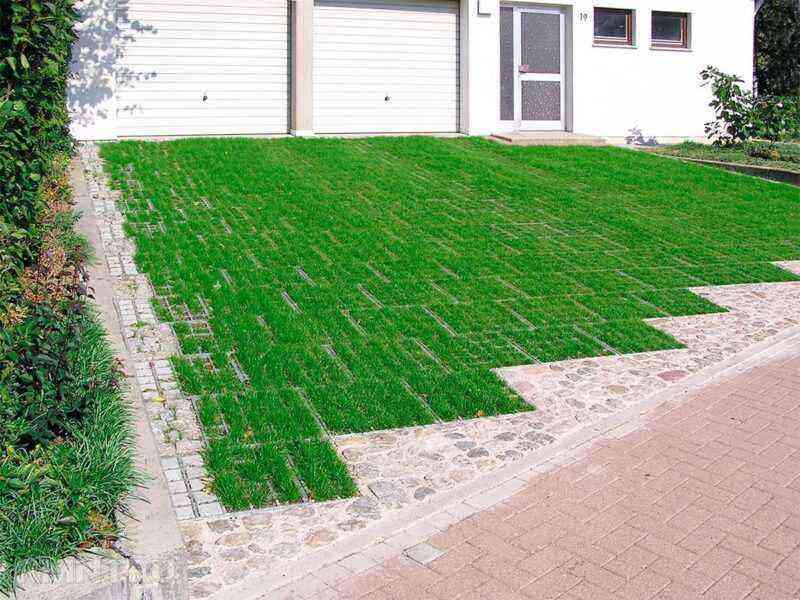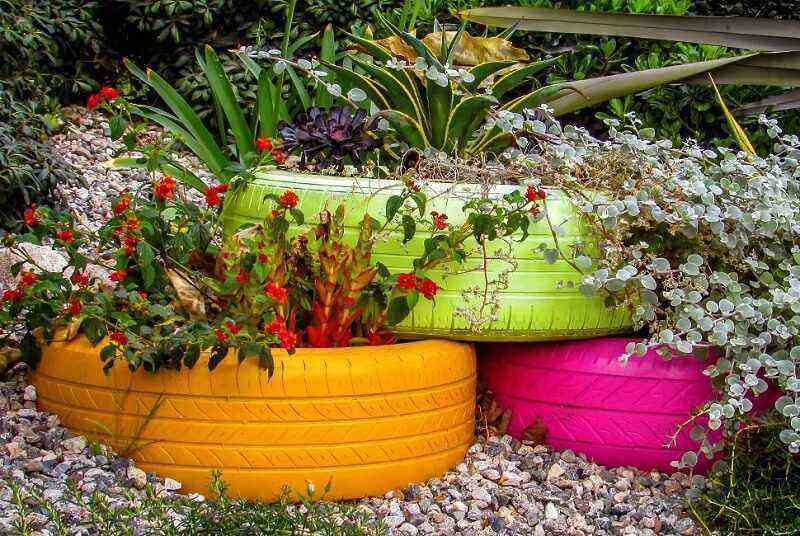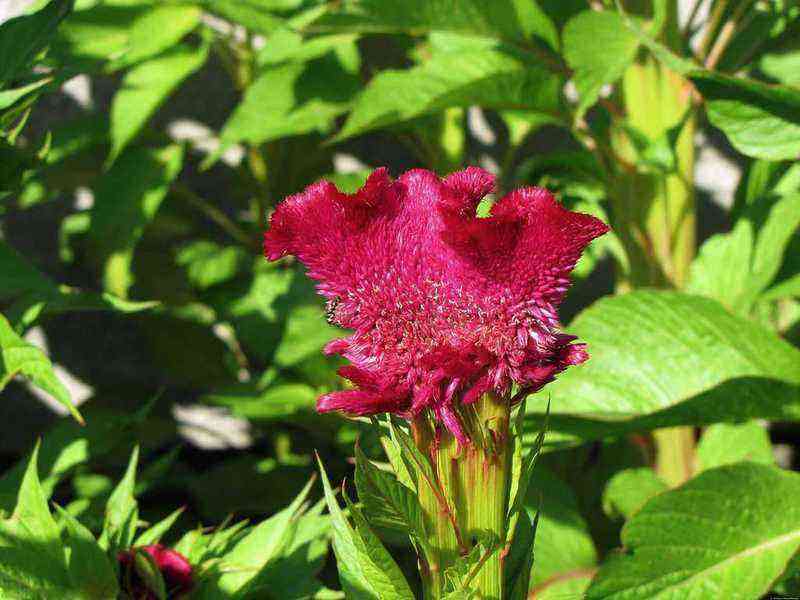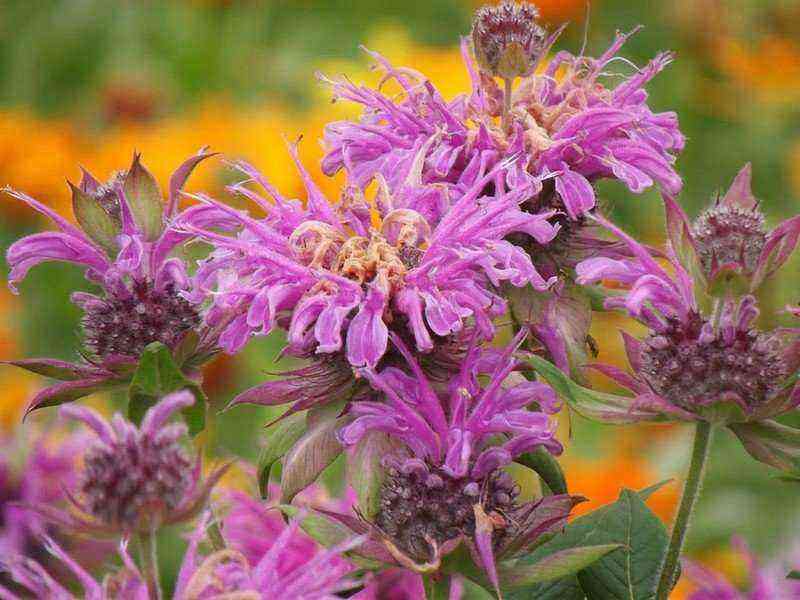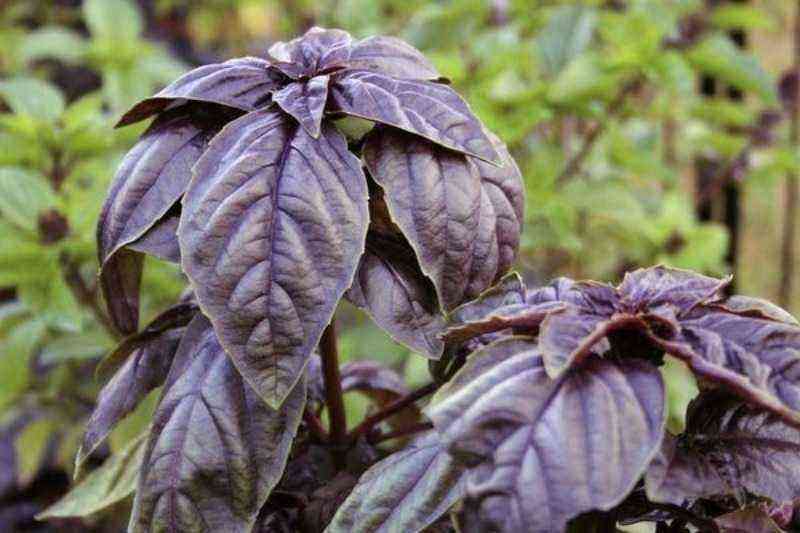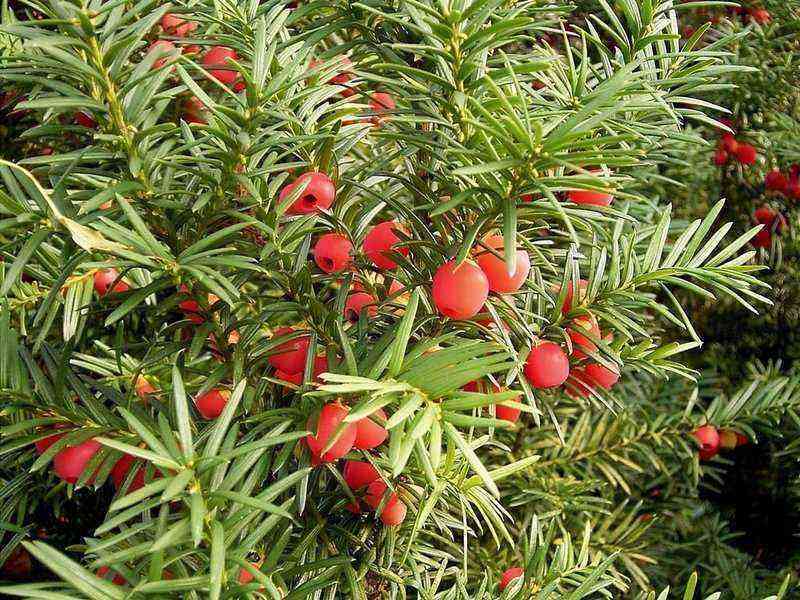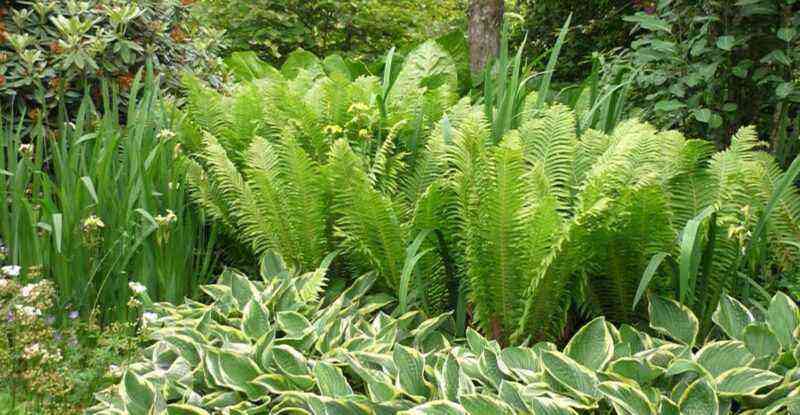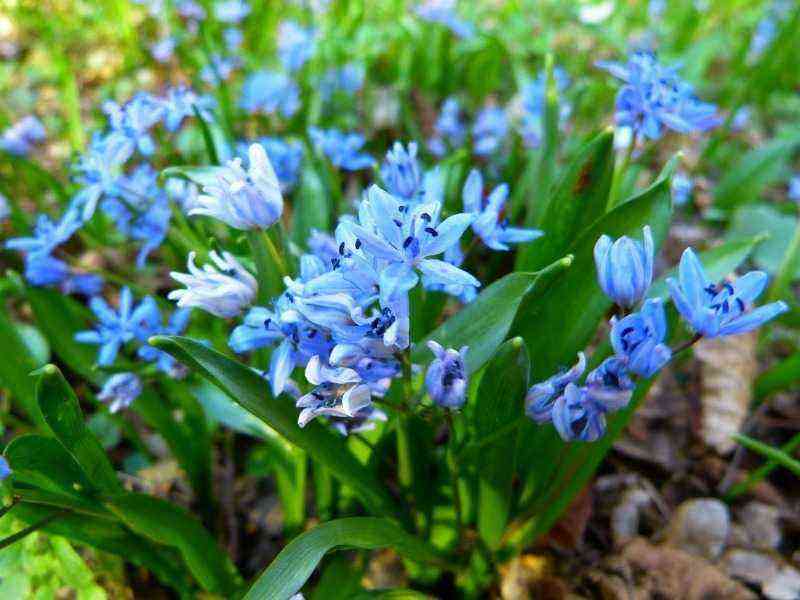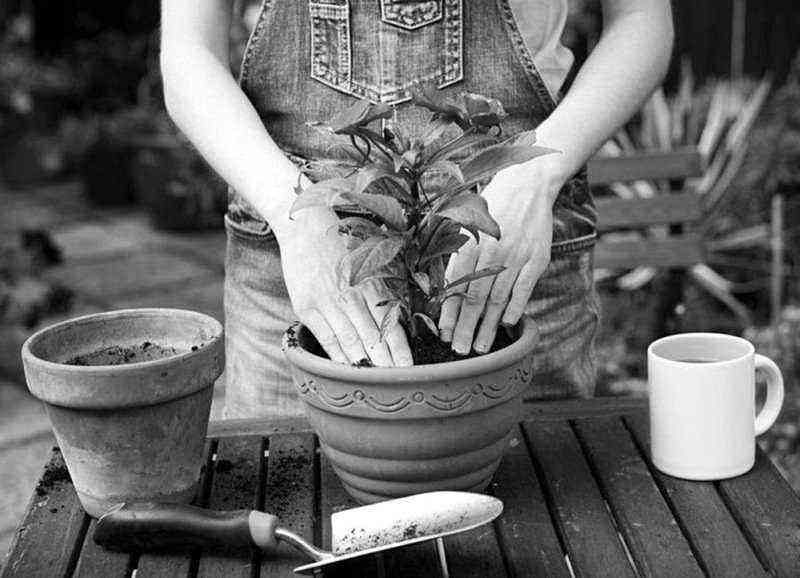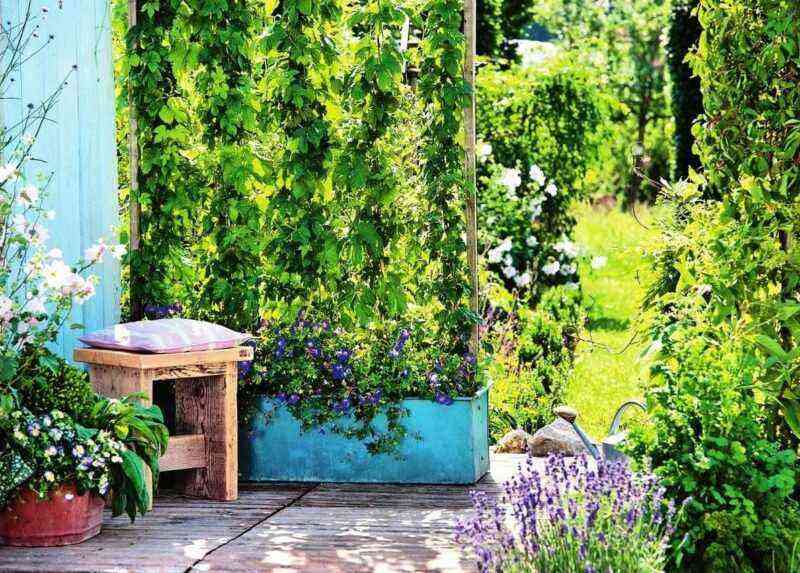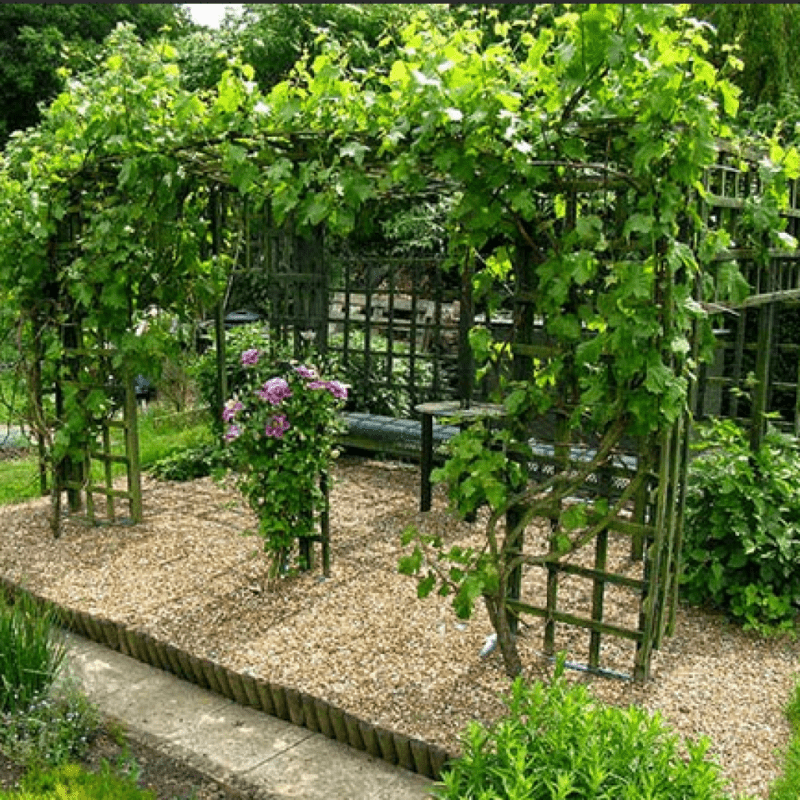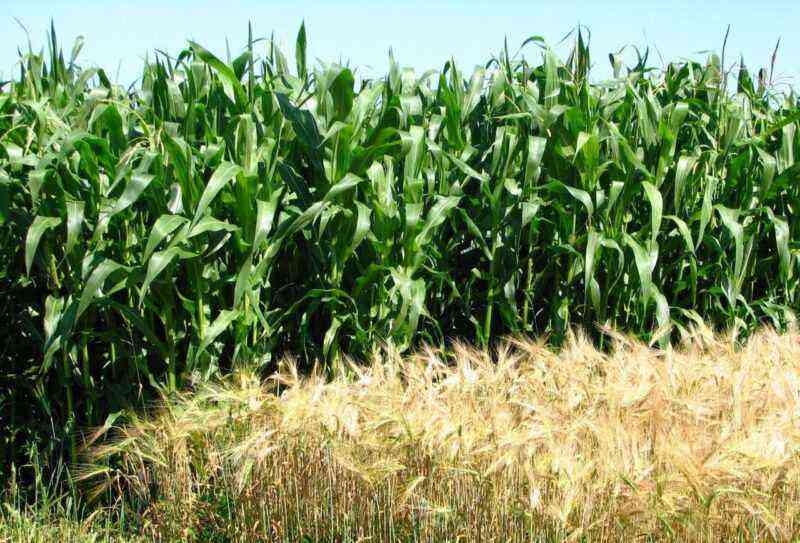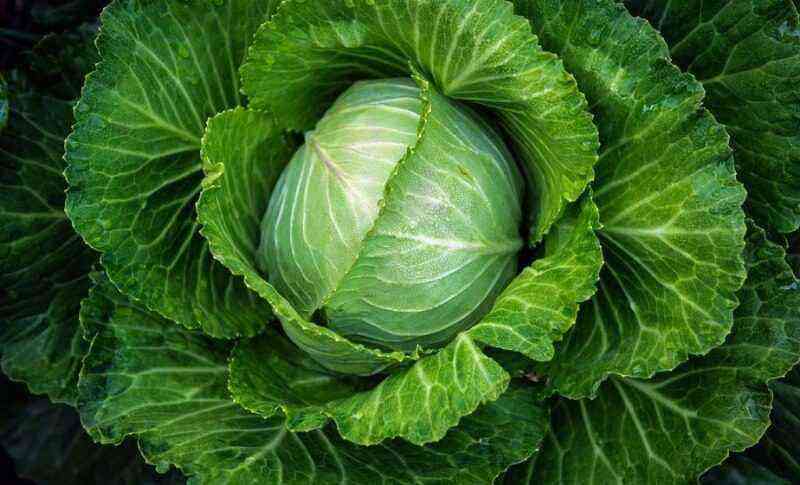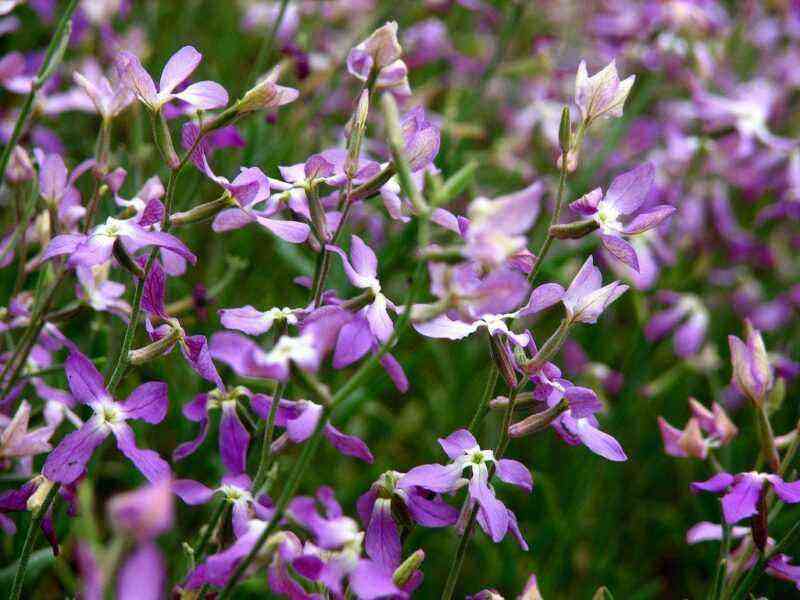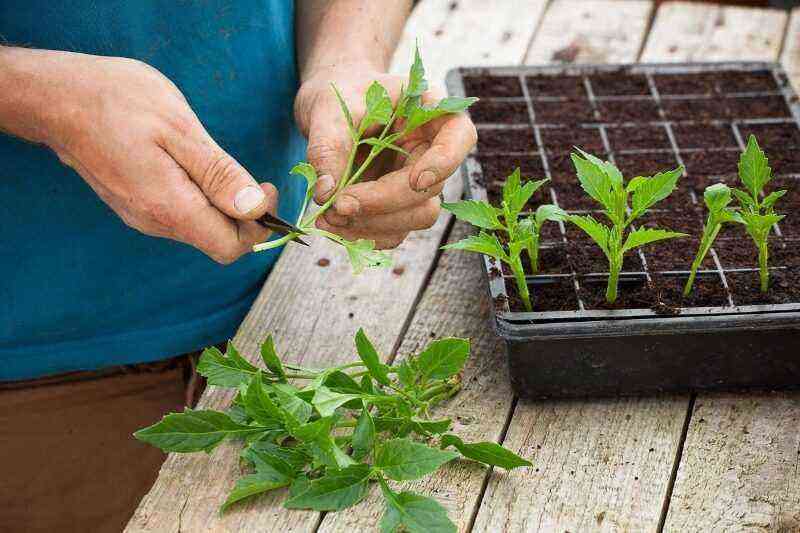During garden work in late August and early September, some summer residents make mistakes that lead to problems in the next season. To properly prepare your garden for winter, try to use the right fertilizer, harvest on time, and avoid other common mistakes.
Fertilize as before
In late summer and autumn, fertilizers continue to be used, but during this period they will be slightly different. The fact is that by the end of the summer season, plants slow down their growth, so you need to reduce the amount of nitrogen used.
It is necessary for the development of fruits, but if the additive is too much, new shoots will begin to appear, which will greatly slow down the ripening of the crop.
To avoid this, at the end of summer and autumn, it is better to abandon the introduction of urea, ammonium nitrate and organic matter. You need to be careful with complex fertilizers, because they can contain a lot of nitrogen.
Replace these dressings with small amounts of magnesium, potassium and calcium nitrate. They contain little nitrogen and many other nutrients needed by plants at the end of summer.
Do not harvest on time
For each vegetable, there are generally accepted harvest dates, which may vary slightly only due to weather conditions or climate characteristics in a particular region.
It is always important to adhere to these deadlines, because otherwise the crop may become less maturing or begin to rot.
For example, potatoes overexposed in the ground are easily infected with fungal infections, which leads to their rapid deterioration.
Failure to harvest apples on time or leaving the fruits on the branches will reduce the plant’s hardiness. Such a tree will not survive the winter well, which is why in future seasons it may be left without an apple harvest.
Covering plants too early
The first cold snap is not a reason to cover plants for the winter. If this is done too early, the growing season will continue, which may cause the plants to sprout. As soon as real frosts set in, these shoots will die from severe cold.
If the temperature is above zero, an ideal environment for the reproduction of fungal infections and pathogenic microbes is formed under the shelter.
You need to start using shelters with the onset of severe night frosts. It is desirable that sub-zero temperatures also be established in the daytime and the autumn rains finally stop.
Treated with herbicides
Some summer residents are trying to simplify and speed up the process of getting rid of weeds by resorting to the use of herbicides.
The use of chemistry in the autumn is usually justified by the fact that the harvest is harvested, so the vegetables will not be harmed. In addition, by spring, when the time for planting comes, there will be no chemistry left in the ground, so cultivated plants will not receive any harm.
Both statements are correct, but the problem is that herbicides do not work if the ambient temperature drops below +8 ° C … + 10 ° C. It is important to choose products that are not afraid of the cold, or to fight weeds using more familiar methods – sowing siderates and mulching.
Leave the soil bare
In order for the soil to remain fertile in the next season and be completely ready for planting vegetables, it must be sown with siderates in the fall. These plants provide several important benefits that any summer resident should know about.
Siderata have a powerful root system that loosens the soil and improves its air and water permeability. These plants repel pests. Many green manures perfectly compensate for the lack of nutrients in the soil.
For example, the root system of legumes (mouse peas, vetch, lupine, etc.) contains a large amount of nitrogen, which enters the soil after the plant dies. To achieve the greatest effect from sowing siderates, consider what kind of crop was growing in the beds before.
Carry out radical pruning of bushes and trees
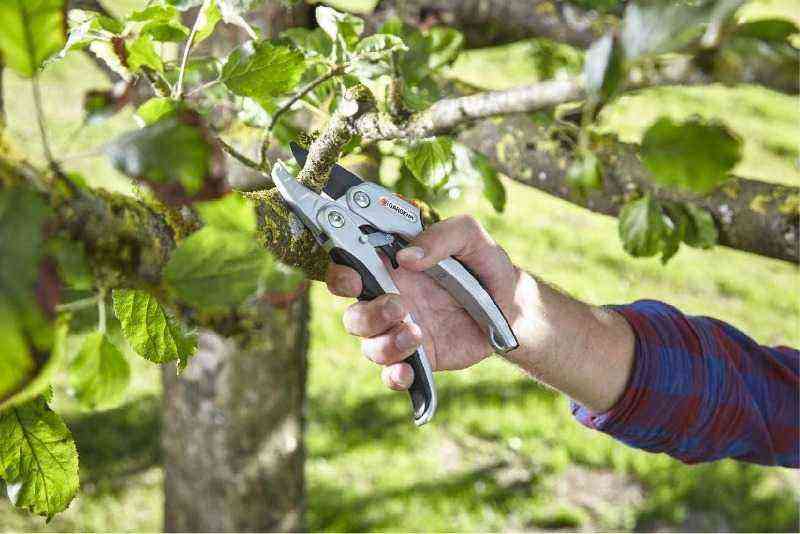
When starting the fall pruning of trees and shrubs, it is important not to overdo it. If you cut off too much, you injure the plants, making them vulnerable to winter frosts and insect pests.
To avoid this, remove only damaged, dead and diseased branches. Be sure to leave 3-5 extra centimeters in case the tops of the branches freeze over the winter. Then additional spring pruning will not injure the plants.
By avoiding major mistakes when preparing a site for winter, you can maintain soil fertility and grow a good harvest in the new season.

